📸 SNAPSHOT - Issue 74
Welcome to a brand new Issue of my Magazine. A truly brilliant one, enjoy the read :)
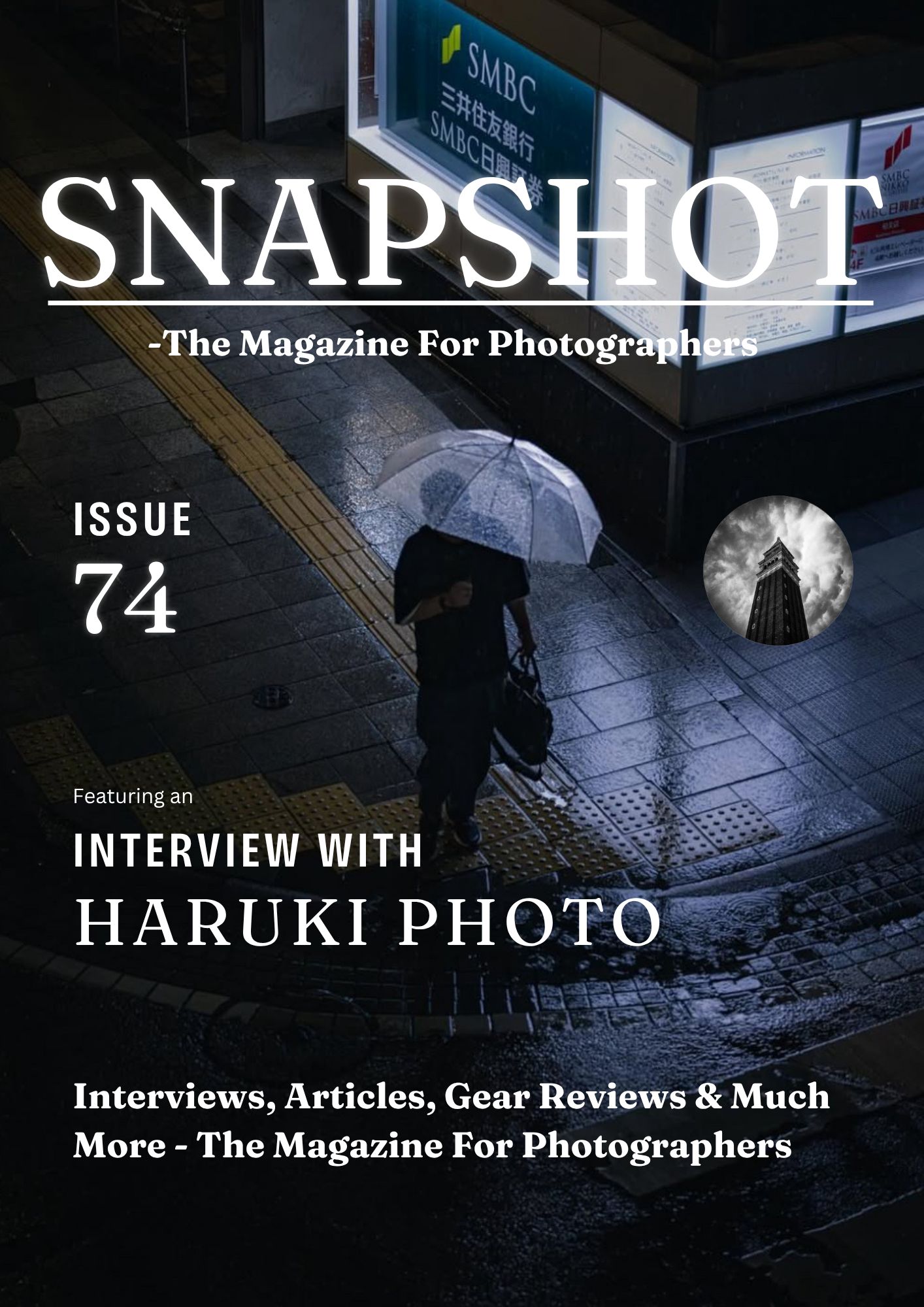

In this Issue
Lomography’s Petzval Art Lenses - A Closer Look
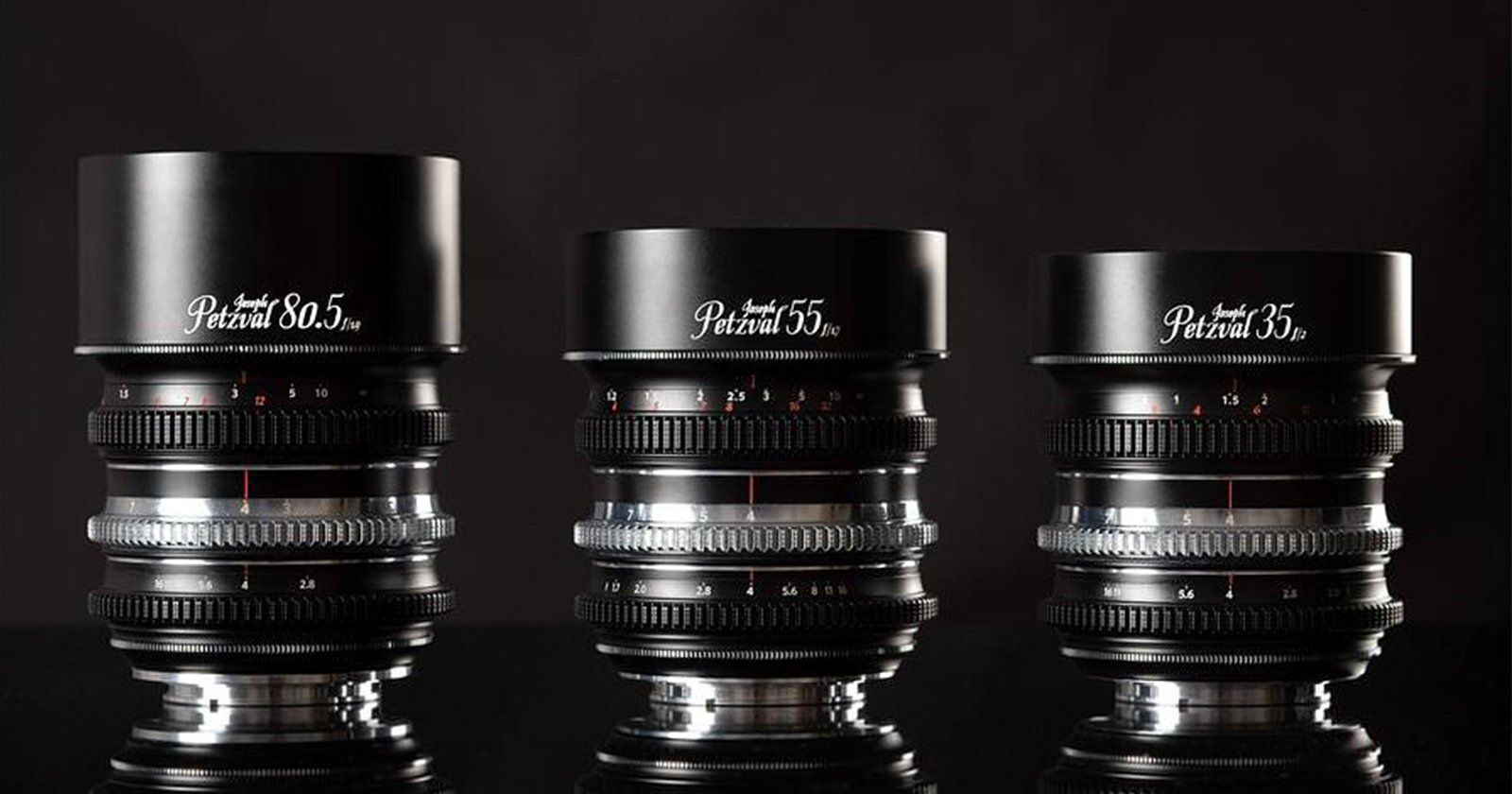
Lomography is bringing back its iconic Petzval lens design with a modern twist, introducing the Joseph Petzval Focus-Coupled Bokeh Control Art Lens Series. A long name for what is essentially a redesigned evolution of its quirky portrait lens. The company says it reworked the optical formulas originally developed by Joseph Petzval in 1840, adding new manual features and support for today’s full-frame mirrorless cameras. The new series spans five focal lengths: 27mm, 35mm, 55mm, 80.5mm, and 135mm and is designed with both photographers and filmmakers in mind.
The standout feature is the variable bokeh swirl, a hallmark of the Petzval aesthetic. Now, users can fine-tune the intensity of the bokeh with a chrome ring offering seven levels of control. What’s new this time around is that this bokeh effect is directly tied to the lens’s focusing mechanism, so as you rack focus, the bokeh changes along with the depth of field. It’s an effect that should resonate with filmmakers looking for a more tactile, organic image style.
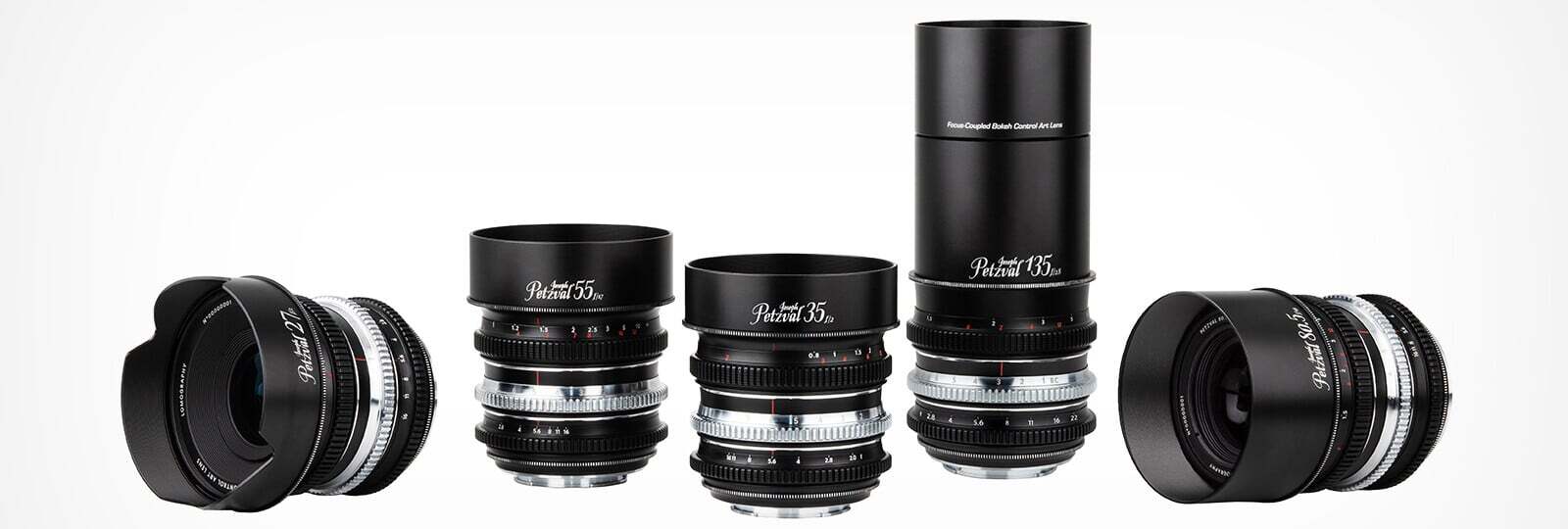
On top of that, Lomography has added precise manual controls that feel more in line with modern cine lenses, including de-clicked apertures, a generous 180° focus throw, and standardized 0.8 pitch gears for follow-focus systems. All lenses in the lineup share the same gear spacing, making on-set swaps faster and easier.
The 35mm f/2 has a 5-element, 4-group optical design with a close focus of 0.4m and a 67mm filter thread. The 55mm f/1.7 uses four elements in three groups, offering a 0.7m minimum focus distance and the same filter size. The 80.5mm f/1.9 follows suit with similar construction and a slightly longer close focus distance of 0.8m. All of them cover full-frame sensors and are built for mirrorless mounts, specifically Sony E, Canon RF, and Nikon Z.
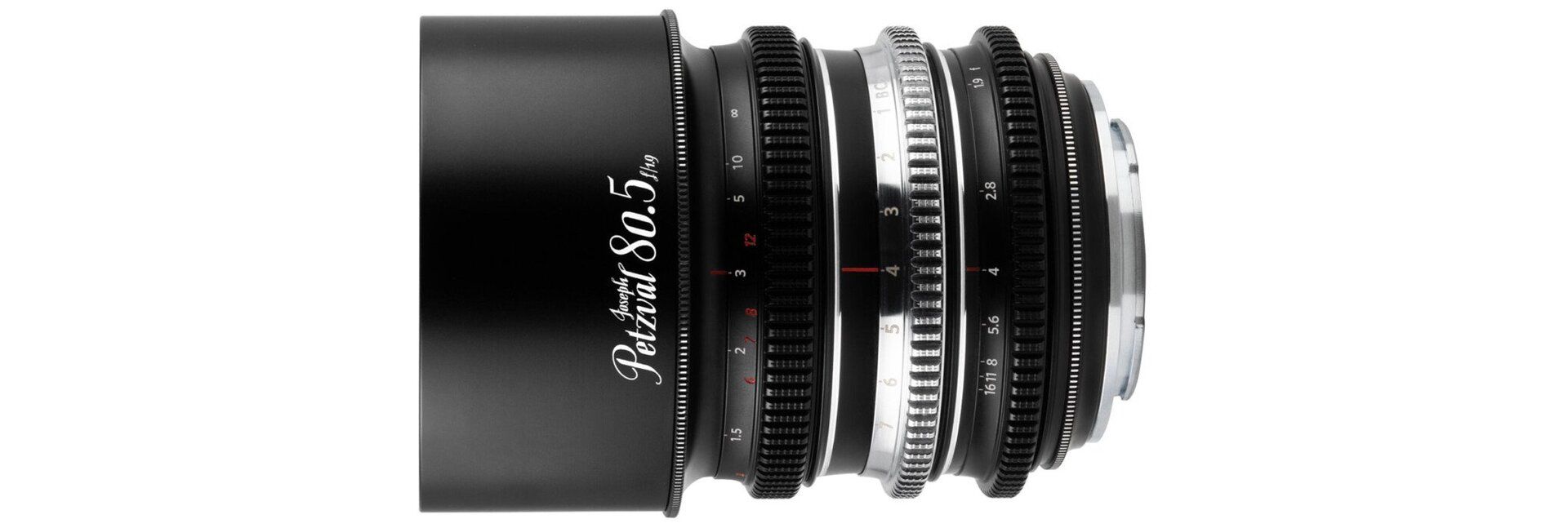
The 27mm f/2 and 135mm f/2.8 are still in development, but the 35mm, 55mm, and 80.5mm versions are already up for preorder at $499 each. For those interested in more than one, Lomography will also offer bundled pricing.
A few sample shots:
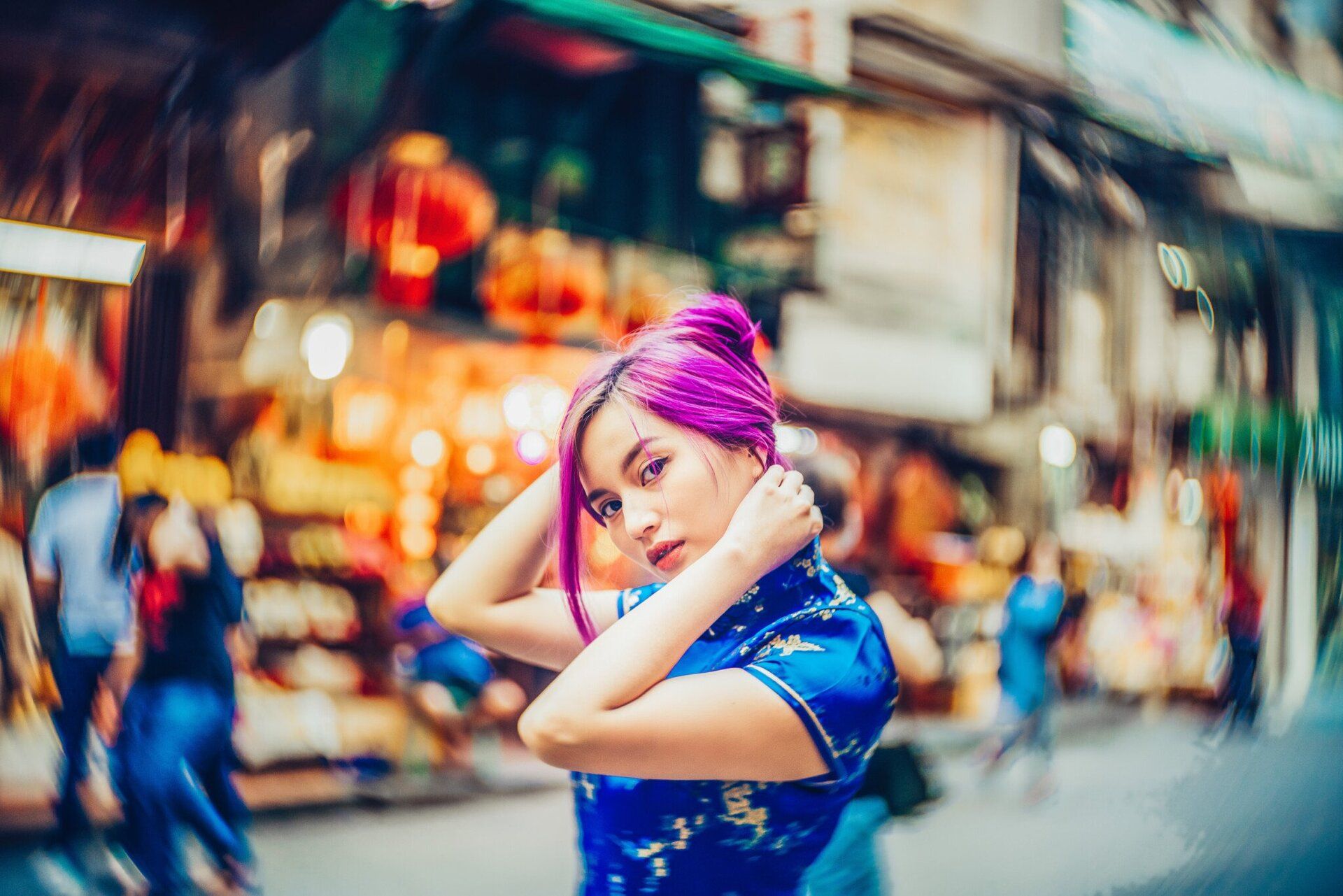
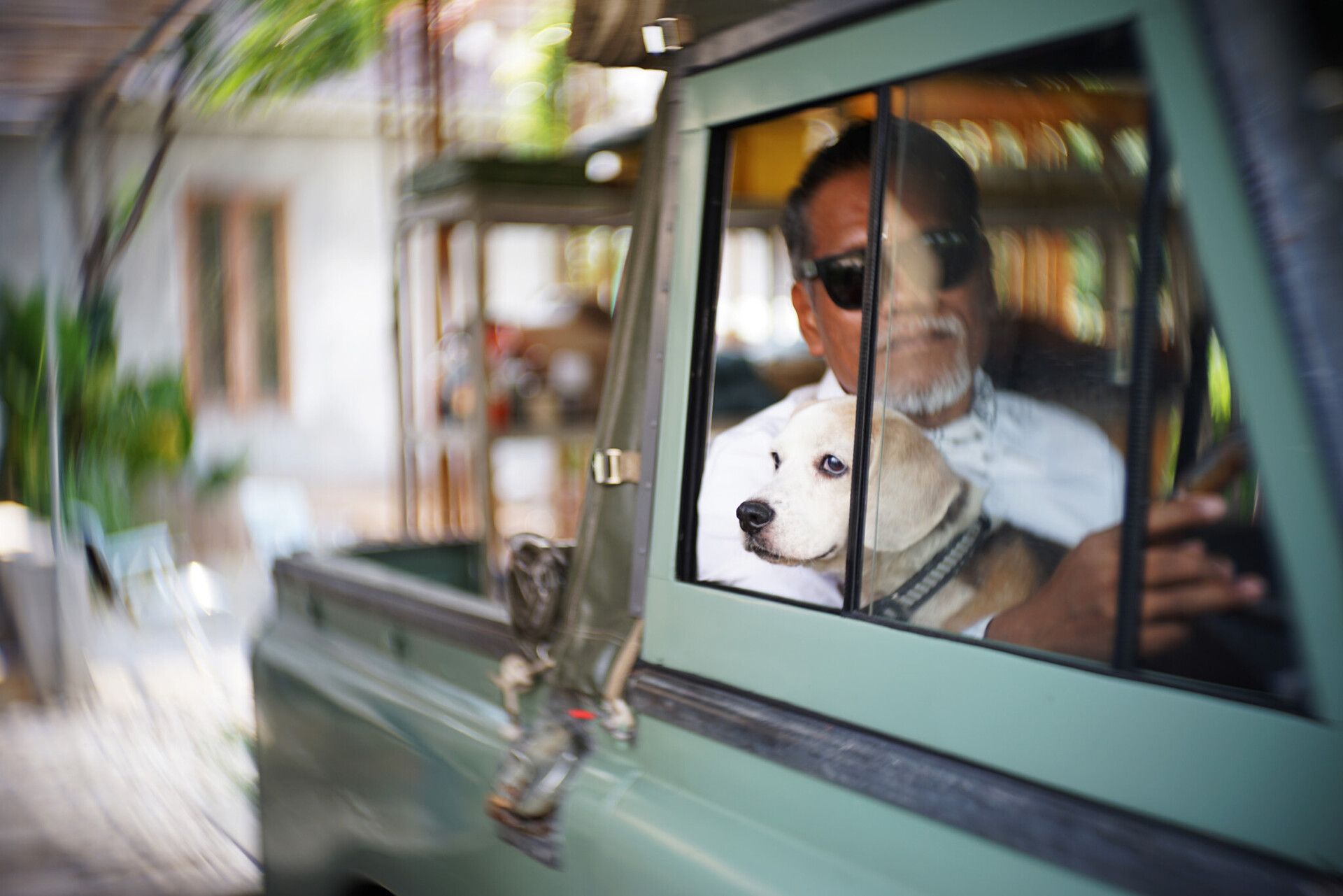
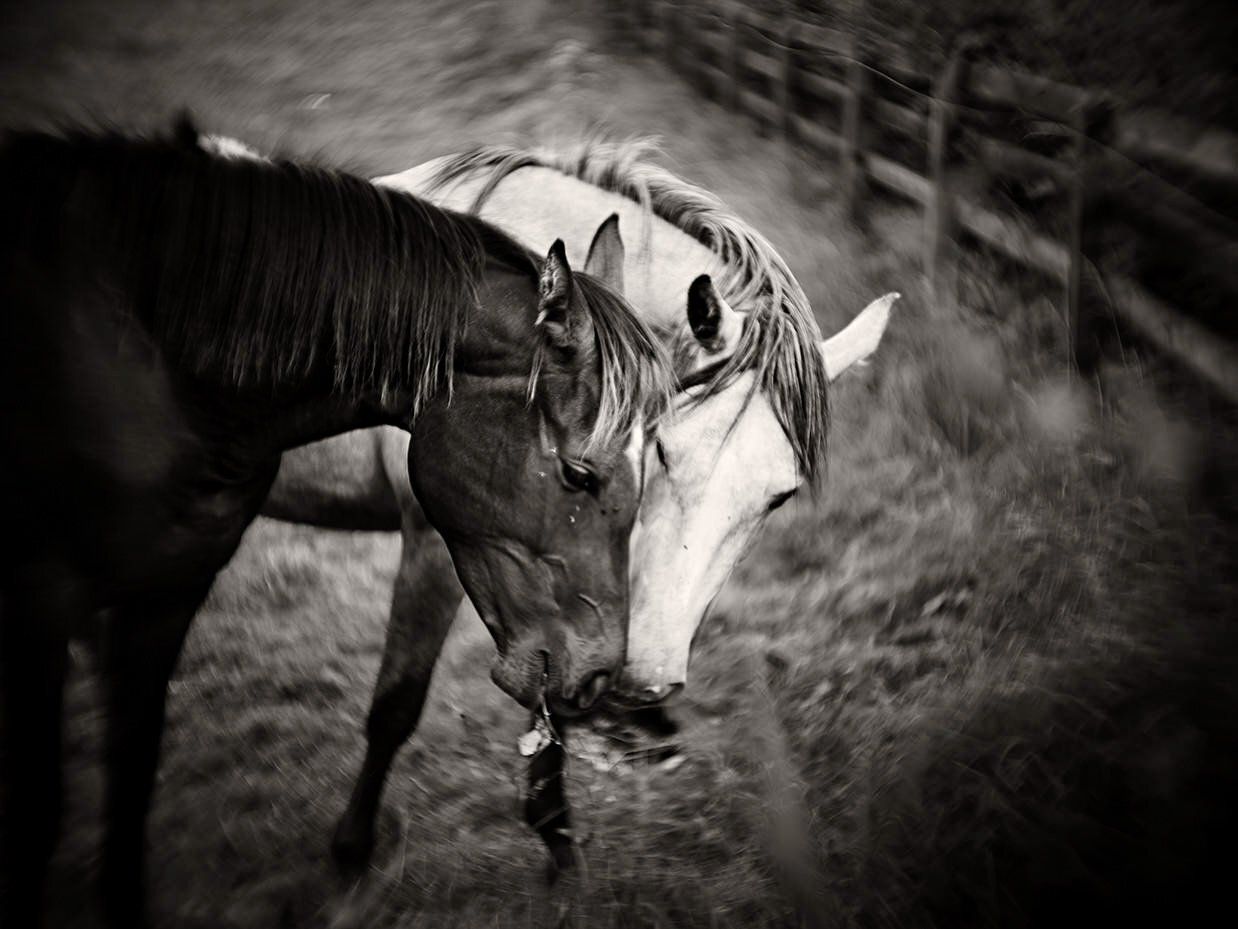
Learn The Art Of Photography

Get full and free access to my Creator University - The World’s Best Online University for Photographers & Creatives: Get access to hundreds of amazing photography courses, learn from professional photographers, connect with students and much more!
Interview with Haruki Photo
This week’s Interview with Haruki, a street photographer from Tokyo. I am truly honoured to have had the opportunity to interview him!
You can find him on Instagram as: @haruki__photo
Enjoy the amazing Interview ;)

Can you tell us a bit about yourself?
I'm a photographer based in Tokyo, Japan. Most of my work is shot at night, using Canon gear, and I tend to focus on creating images that feel like they exist outside the boundaries of reality. Photography has become my way of expressing my imagination. Tokyo is the perfect place for that, it’s vibrant and alive, but also full of small, hidden moments.
How did you first get into photography?
I got into photography because of a friend who was really into camping. He started taking nature photos during his trips, and seeing the way he captured those environments made something click for me. I wasn’t interested in camping myself, but I became interested in the photography part. At first, I was just experimenting, learning how to use the camera, figuring out composition and light. But over time, it grew into a real passion, and eventually a core part of my life.
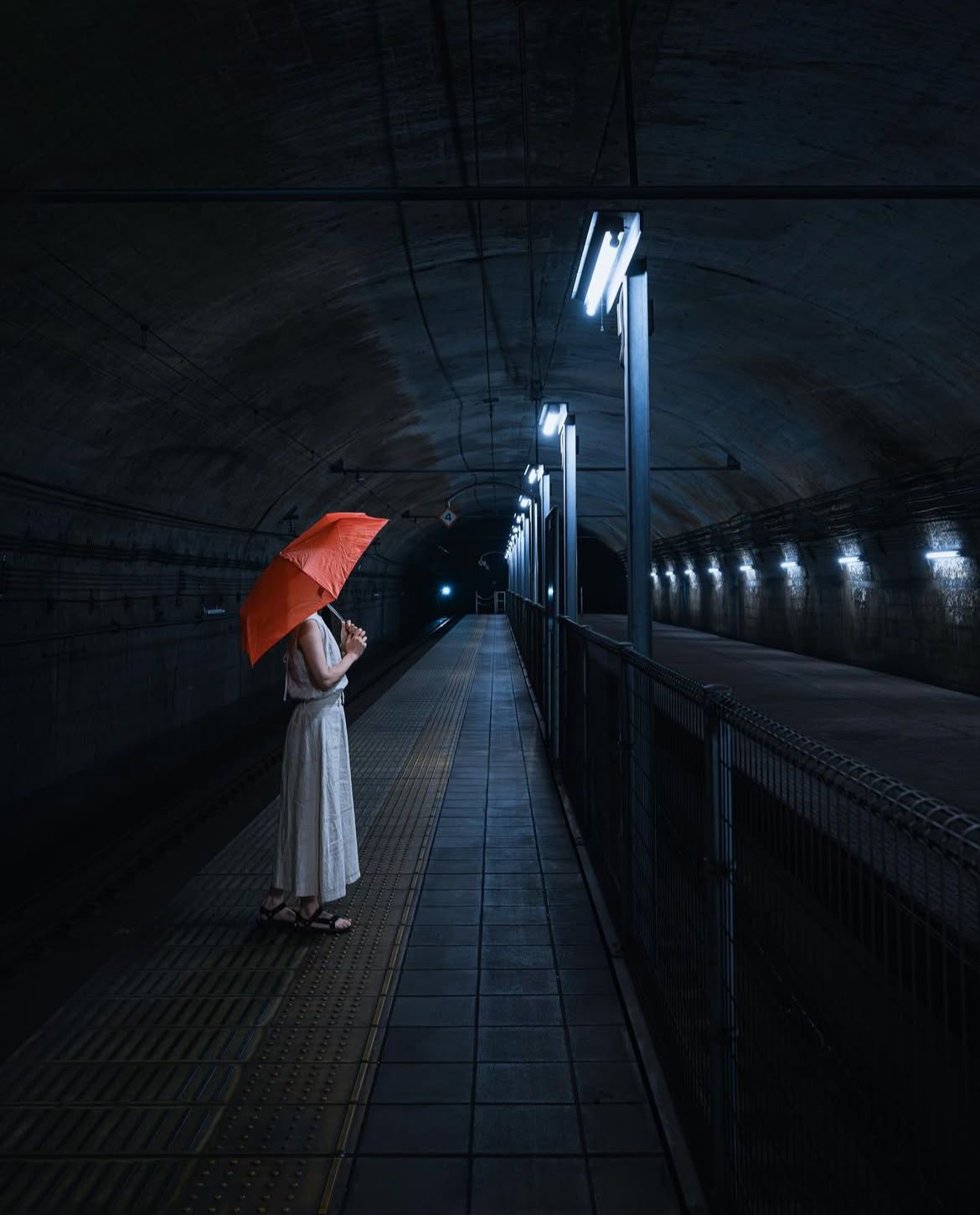
How do you decide where to go and shoot?
It usually starts with a walk. I don’t often plan specific locations, more often, something I see while wandering around will spark an idea. A certain corner lit by neon, the shape of a building reflected in a puddle, these little things grab my attention and lead me to shoot. I also get inspired by other photographers’ work. Sometimes a single image can shift the way I see a familiar spot or give me a new direction to explore.
Do you have a favourite city or spot for street photography? Why?
Tokyo on a rainy day, without a doubt. There’s something about the way rain transforms the city. It becomes quieter, more reflective. Colors stretch and blur. Everything feels cinematic. The mood changes completely, and it gives me the exact kind of atmosphere I love to capture. Rain adds this layer of emotion that dry weather just can’t offer.
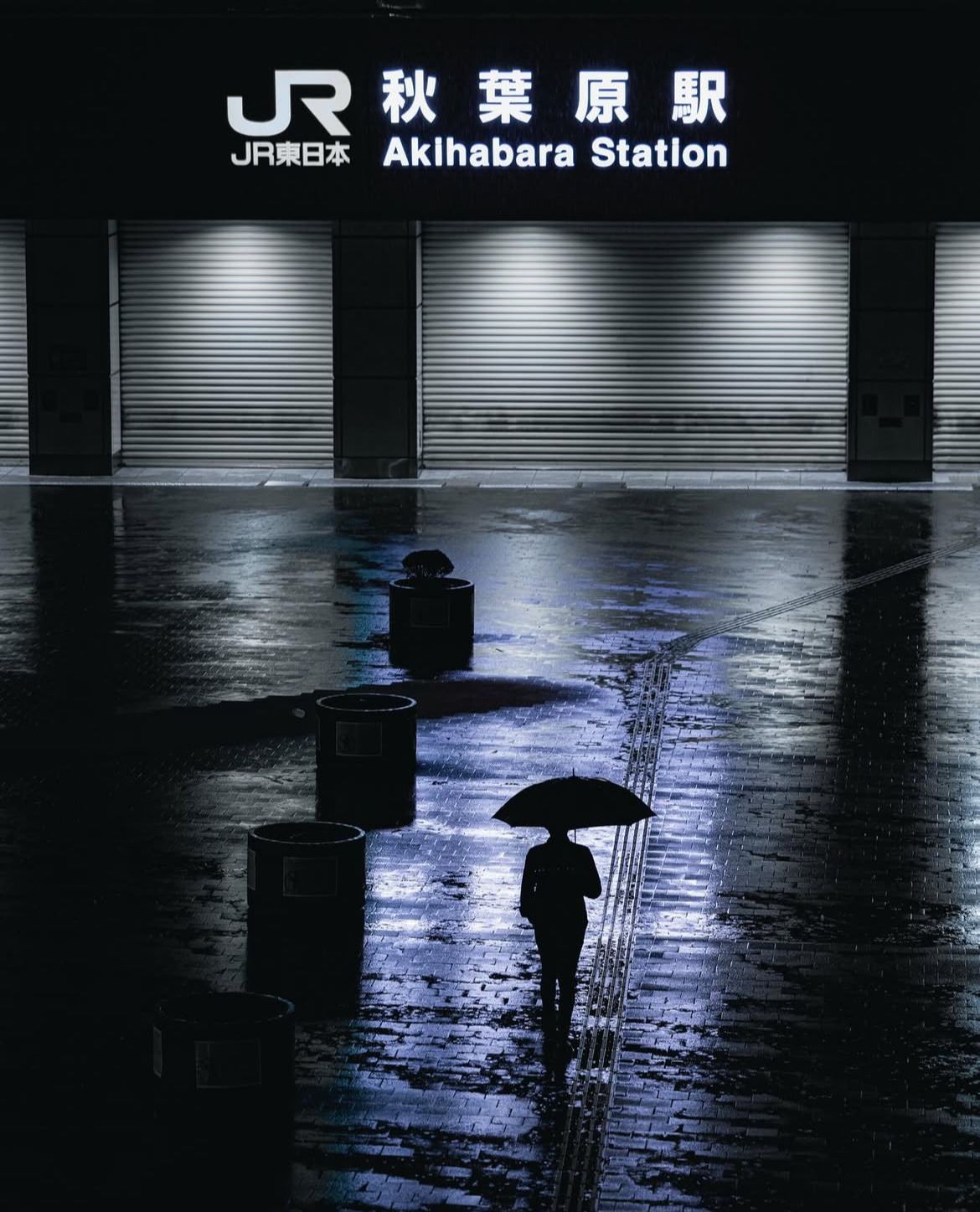
What’s your go-to gear setup when you hit the streets?
My main setup includes two lenses: the 15–35mm and the 70–200mm. Those two give me the flexibility I need. One for wide, immersive cityscapes and the other for tighter, more focused compositions. Lately, I’ve also started experimenting with strobes, especially when I want more control over the lighting. My gear isn’t overly complicated, but it’s versatile enough to let me build the exact look I’m going for.
Do you prefer shooting in the chaos of a busy street or in quieter, more intimate spaces?
I’m drawn to both, but I especially enjoy creating images that make busy places feel still, like they’ve been paused for a moment. That balance between movement and silence is something I always look for. Even in a crowded street, I try to find angles and compositions that feel quiet. So if I can photograph a normally busy street in a way that makes it feel still, quiet, and slightly chaotic that’s exactly the kind of image I aim for.
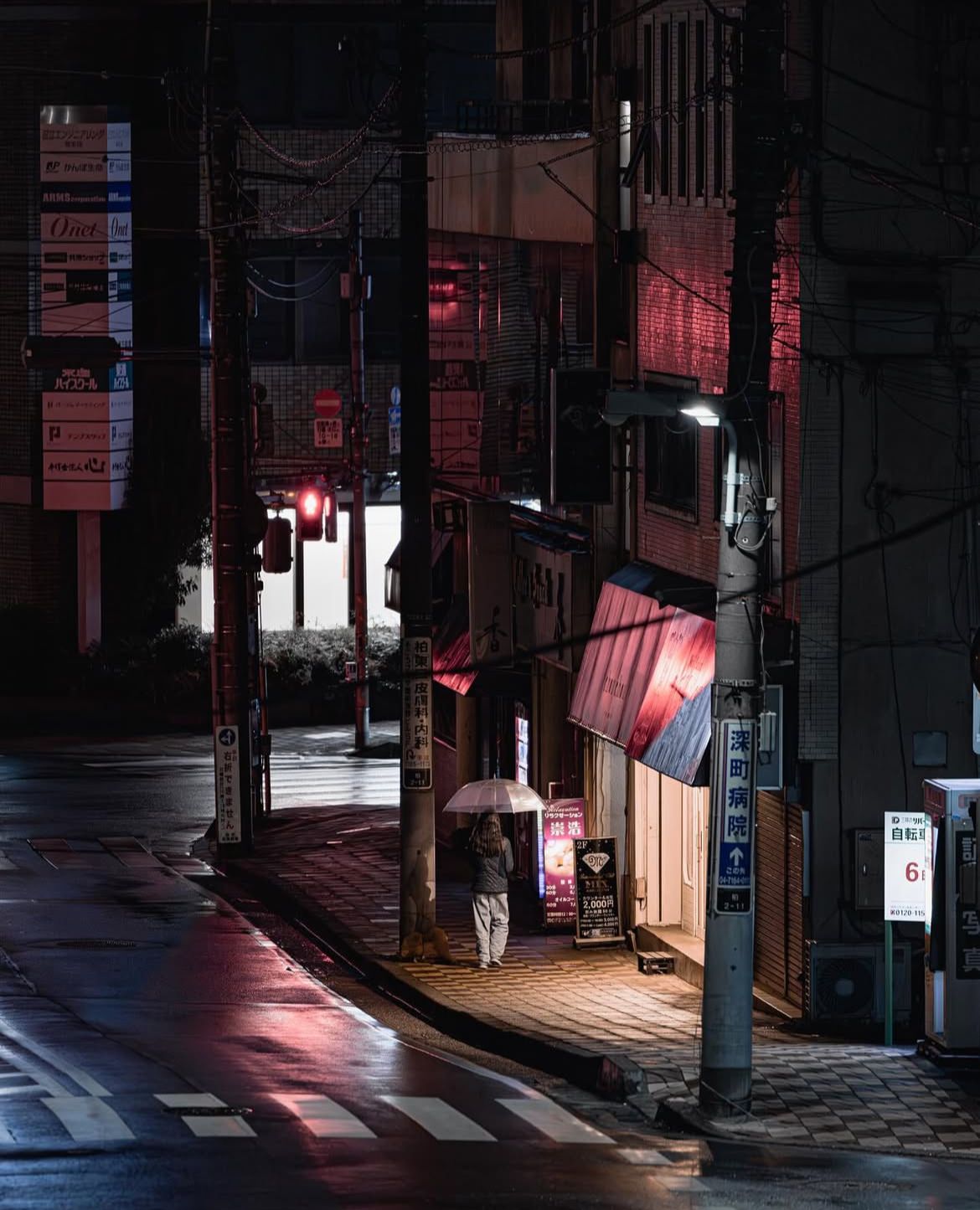
What are your favourite shooting conditions?
I love shooting on rainy or snowy nights. The more it pours or snows, the more inspired I feel. There's something magical about how weather interacts with light. Those conditions create a world that feels like it's out of a dream. It’s not always comfortable to shoot in, but the results are worth it every time for me.
You also shoot a lot of architectural shots, do you prefer this over street?
I honestly enjoy both. Architecture lets me slow down and be deliberate. I can take my time perfecting lines, symmetry, and balance. Street photography, on the other hand, is about catching something that might disappear in the next second. It’s more about instinct. I think the two balance each other out for me, one is structured and planned, the other is chaotic and spontaneous. And both help me explore different sides of my creativity.
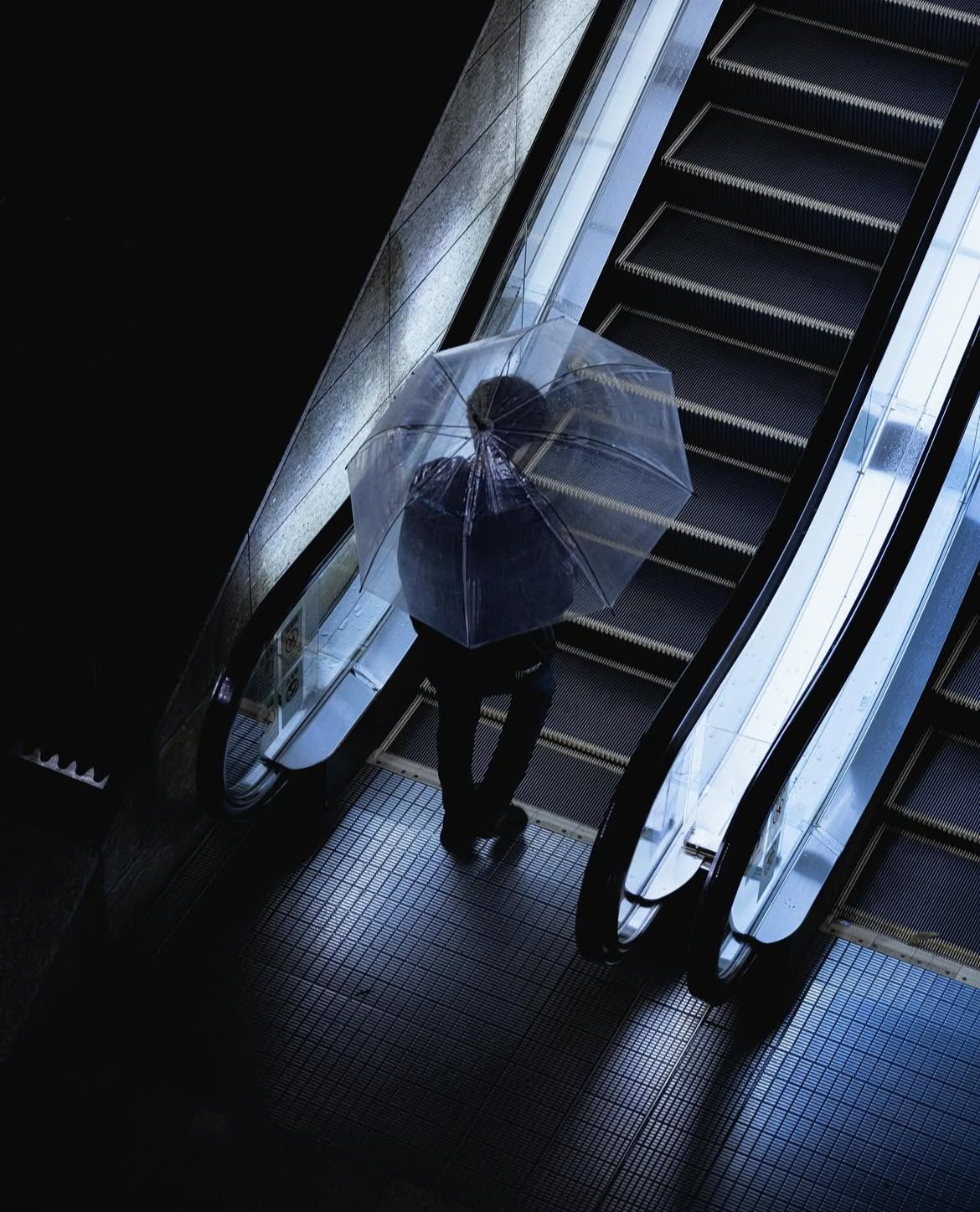
How did you find your unique photography style?
Developing a style has always been a priority for me. From the beginning, I wanted to create something that stood apart, not just technically, but emotionally. I’m always experimenting, trying to refine what makes an image feel like mine. A lot of it comes from gut feeling, if a photo doesn’t feel right, I keep working on it until it does. I think your style develops when you consistently follow your curiosity and stay honest with what inspires you.
What role does storytelling play in your work?
I think of storytelling in terms of atmosphere. I want people to feel something when they look at my work, even if there’s no clear narrative. If the photo gives them a sense of mystery or stillness or even unease, then it’s working. It’s not about telling a literal story, it’s about creating a mood or aesthetic that resonates.
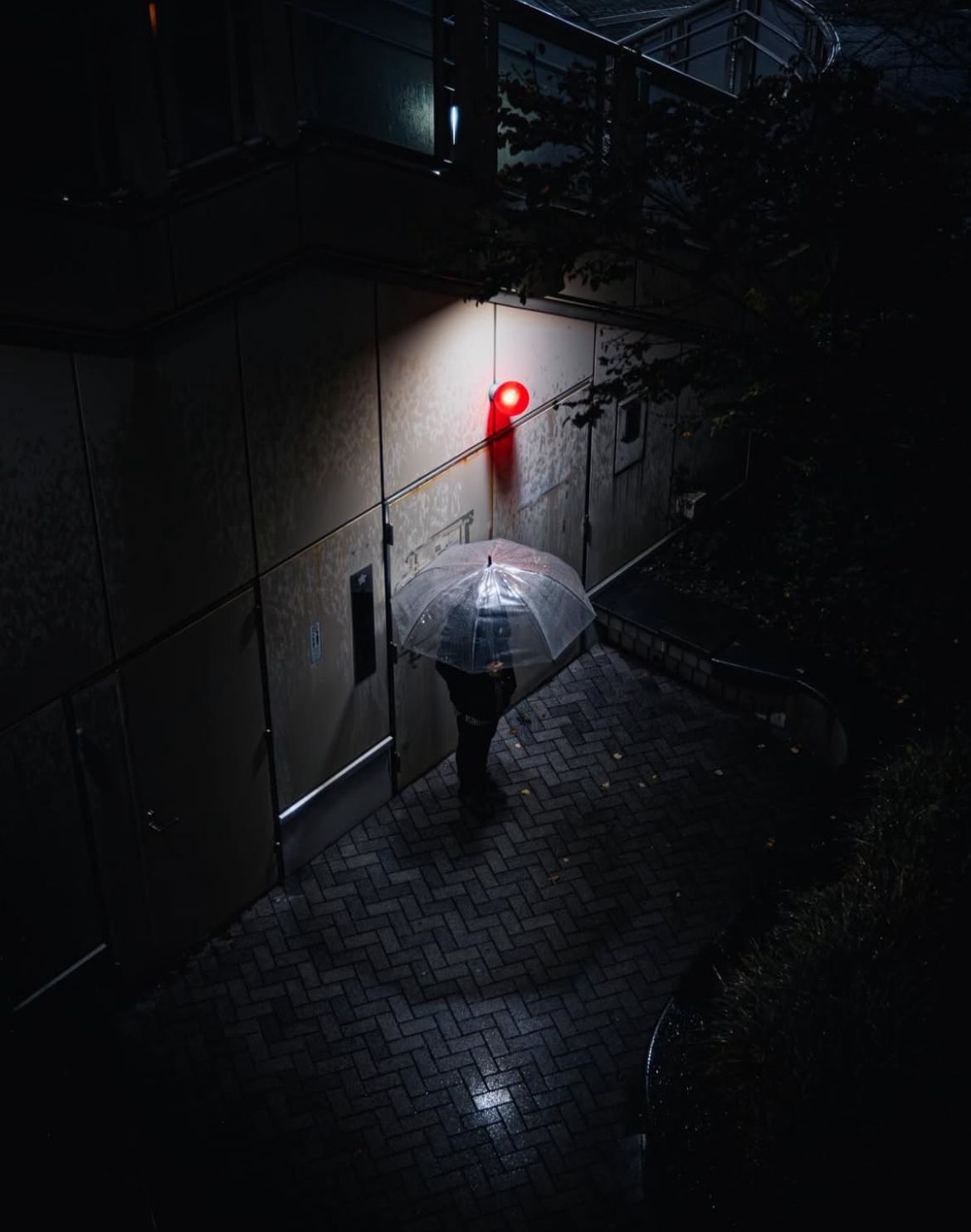
If you could travel anywhere in the world, where would that be and why?
I’d love to visit a place that feels futuristic, somewhere with unusual architecture, dramatic lighting. Maybe somewhere in the Middle East or East Asia with a strong sci-fi aesthetic. I’m drawn to cities that already feel like they’re part of another world. That kind of environment would really push my creativity in new directions.
I see you also do a bit of photoshop art, can you tell us a bit about that?
Photoshop plays a big role in my creative process. It allows me to bring the images in my head to life, especially when what I want to show doesn’t exist in the real world. I don’t use it to fix mistakes, I use it to construct something that feels closer to a mood or a vision. It’s like painting with light and shadow, layering atmosphere until the final piece feels complete.
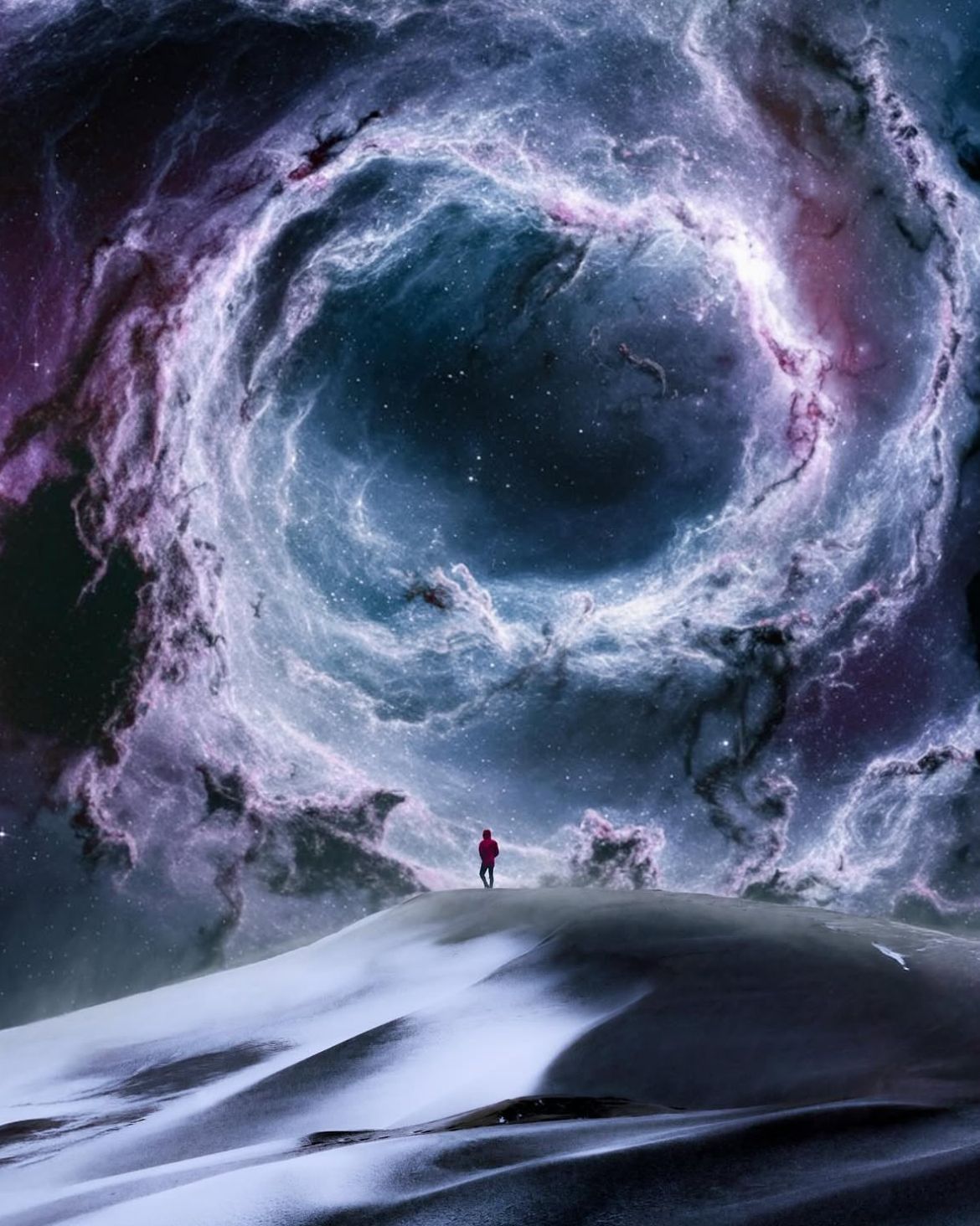
Do you prefer day or night?
Nighttime, for sure. The way the city looks after dark, it’s something I never get tired of. Night gives me more control over the atmosphere, and the colors are just richer and more dramatic. There’s also something about being out when most people are indoors, it feels like having the city to yourself.
What’s the most challenging thing about photography for you?
Getting out of bed. I’m not a morning person at all, and even though I usually shoot at night, sometimes the early hours offer unique opportunities. But dragging myself out at dawn is always a challenge. Beyond that, staying consistently creative and not repeating myself is another challenge. It takes effort to keep growing.
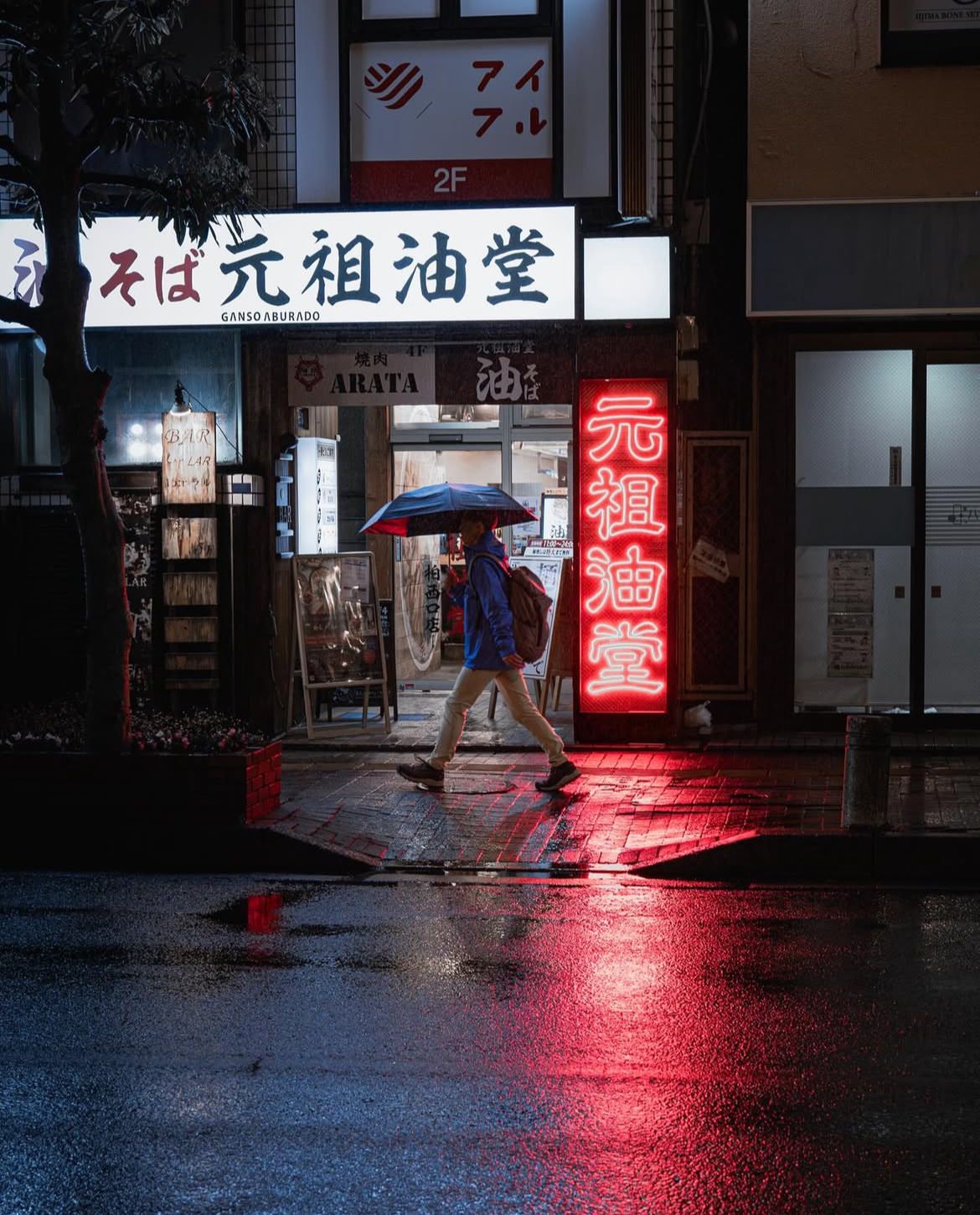
In what photography genre would you put yourself? And why?
I’d say I fall into the category of wide-angle night portraiture, though that sounds a bit technical. That’s where my passion lies, showing the scale and atmosphere of the city while placing a human in it. It’s a mix of architecture, street, and cinematic style, all blended together.
What is your favourite subject to shoot?
I love shooting subjects or scenes that feel like they’re from the future, or from a different version of reality. Whether that’s a person under a neon sign, an empty street glowing after rain, or just a building lit in an unexpected way. If something makes me stop and think, "this doesn’t feel real," I know I have to photograph it.
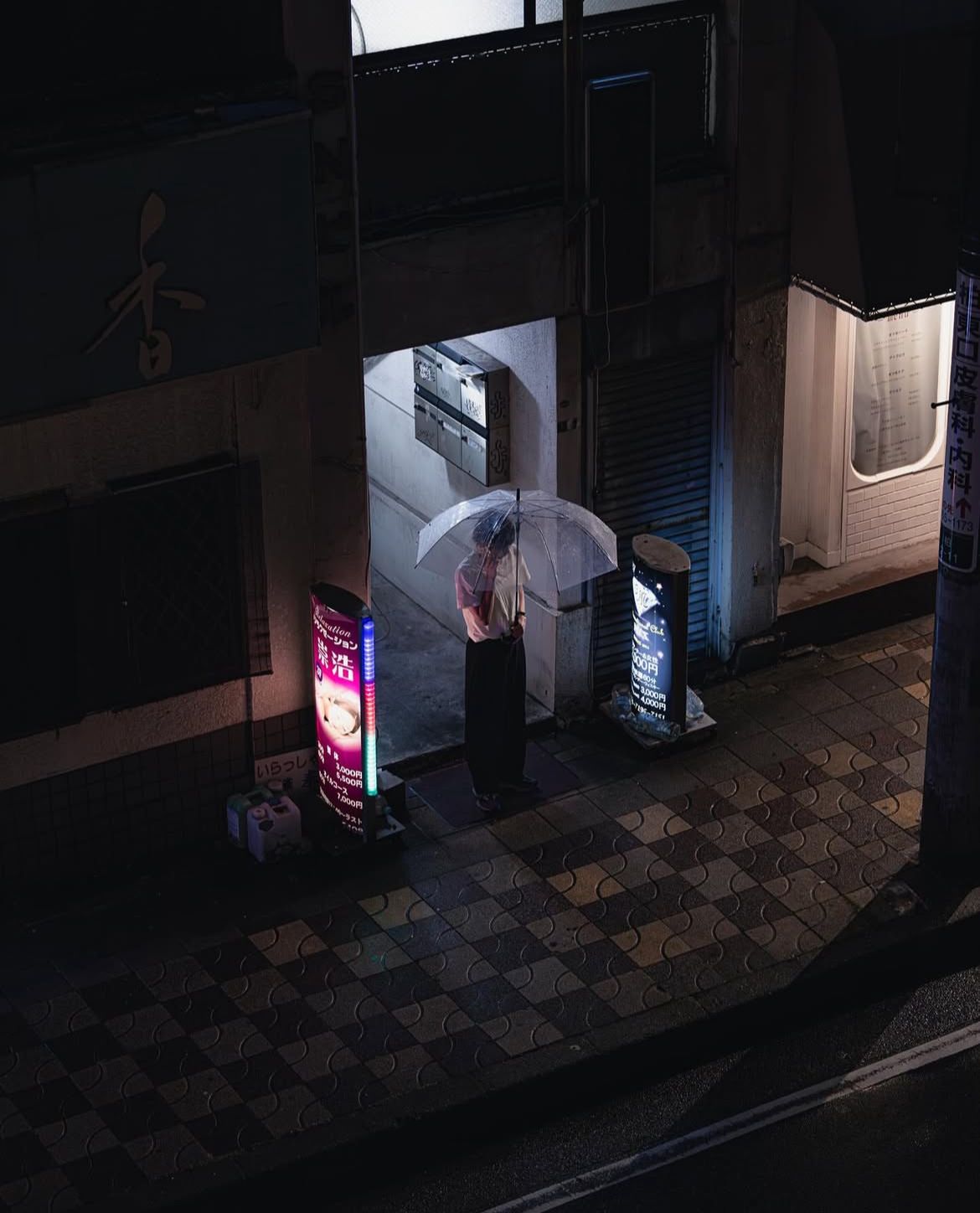
Who are some street photographers or other artists that inspire you?
Two photographers who really inspire me are @x51 and @ramonlaasc. Their work has a unique perspective, something fresh that challenges the way I think about composition and mood. I follow a lot of visual artists outside of photography too. Film directors, digital illustrators, even graphic designers. Anyone who creates a strong visual world inspires me.
How do you know when you’ve nailed the shot? Is it instinct or something else?
It’s mostly instinct. Sometimes I go out with a clear idea in mind, but often the best shots happen when I’m just reacting to the environment. When everything aligns there’s a moment where I just know. I don’t always recognise it right away, but when I get home and look through the shots, it usually stands out.
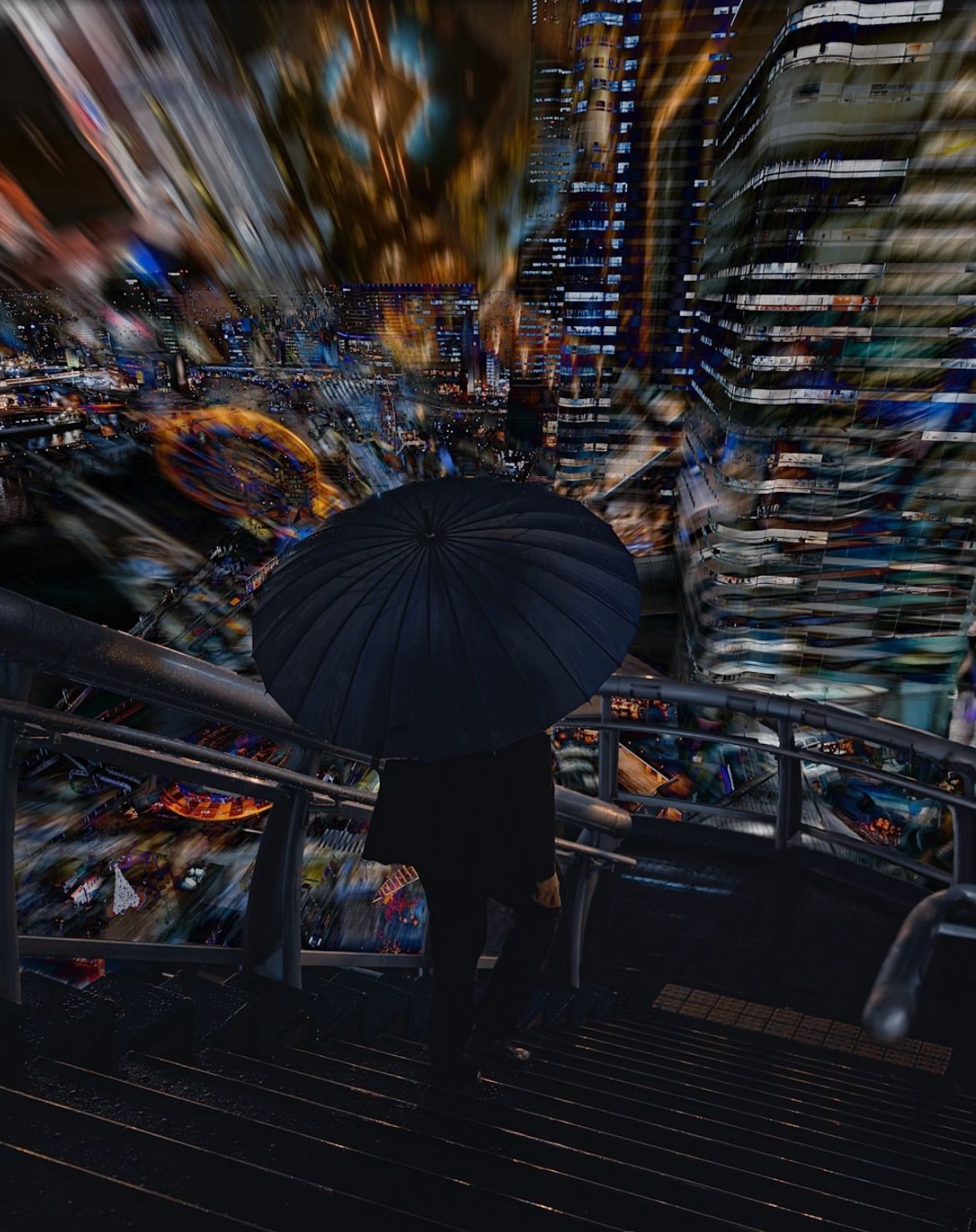
How important is composition in photography?
Composition is everything. Even small shifts in framing can completely change how a photo feels. I spend a lot of time moving around, testing angles, trying to find that balance. Good composition doesn’t just make an image look nice, it directs emotion and attention.
What’s your advice for someone who wants to start exploring street photography?
Just start shooting. Go out as often as you can. Try not to overthink things in the beginning, just pay attention to what catches your eye and keep experimenting. Over time, your instincts will sharpen. And don’t isolate yourself, find a few photographer friends or join an online group. Getting feedback and sharing your progress helps more than anything.
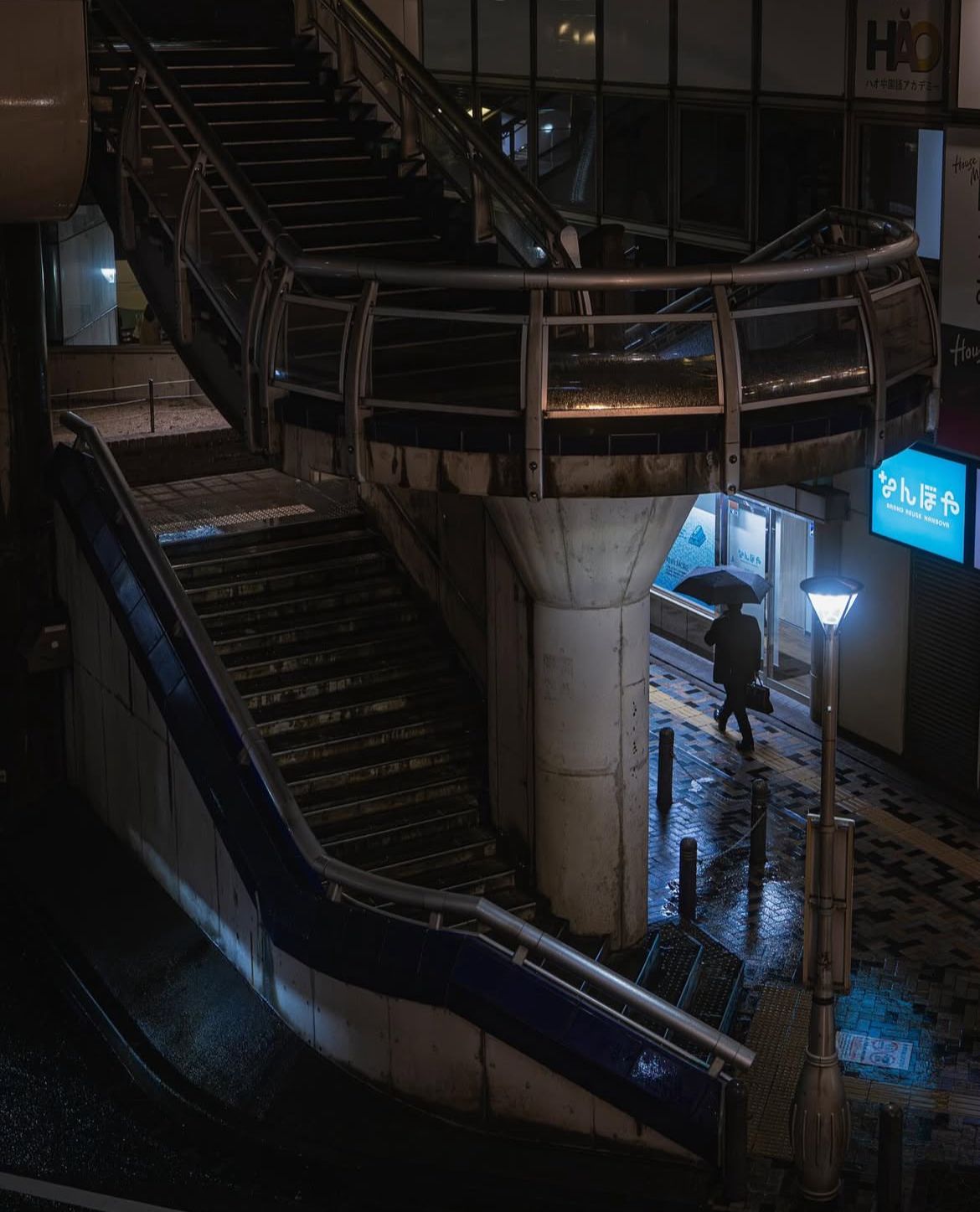
Is there a photography genre you haven’t tried yet, that you would like to explore?
Someday, I’d love to photograph space. Whether that means actual astrophotography or creating sci-fi inspired scenes here on Earth, I’m not sure. But the idea of exploring something truly unknown, that’s something that’s always been in the back of my mind.
How important is lighting in photography?

The rest, 6 more questions, of this Interview are for Premium subscribers only.
Leica’s New SL3-S Bundles
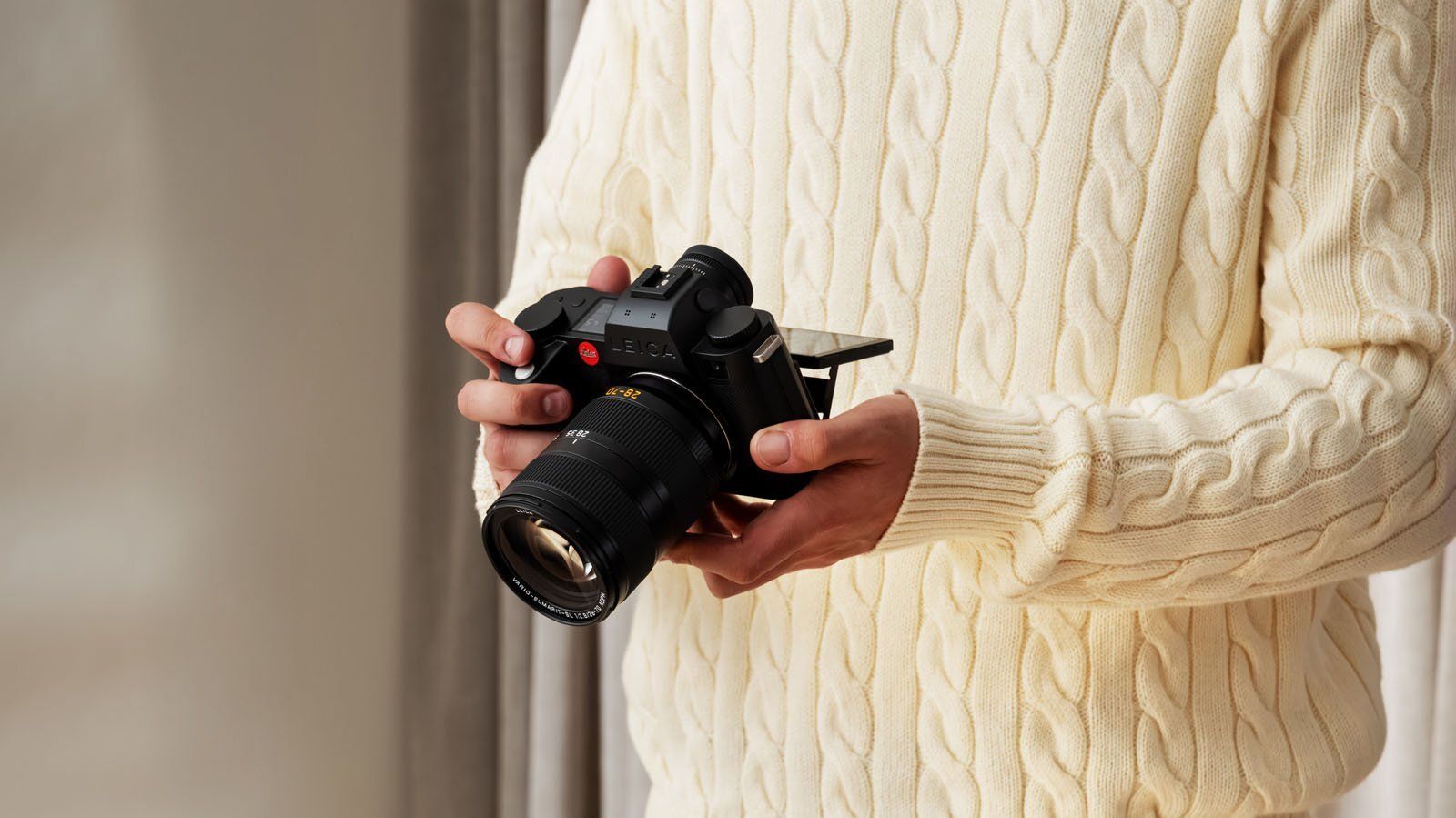
Leica has rolled out four new SL3-S kits, and while they’re not limited editions or collector’s items, they do offer a more practical way into the SL3-S system. The kits are part of Leica’s ongoing 100-year celebration of the original Leica I, which kickstarted 35mm photography back in 1925 (yes they are celebrating that for a long time). Leica’s been marking the occasion with all sorts of releases, from teddy bears dressed as the company’s founders to special city-themed M11s, retro-styled compact cameras, and a new M11-D “Centenary Kit” that mimics the Leica I’s original collapsible lens.
Compared to those commemorative drops, these SL3-S kits are pretty straightforward. They don’t introduce anything new hardware-wise, but instead bundle existing gear together with a price break. The SL3-S itself is Leica’s 24MP full-frame hybrid mirrorless camera, designed around the L-Mount and launched earlier this year. Until recently, it was mostly offered body-only, or in a single kit with the Vario-Elmarit-SL 28-70mm f/2.8 lens for $6,495, a $1,060 savings versus buying them separately.
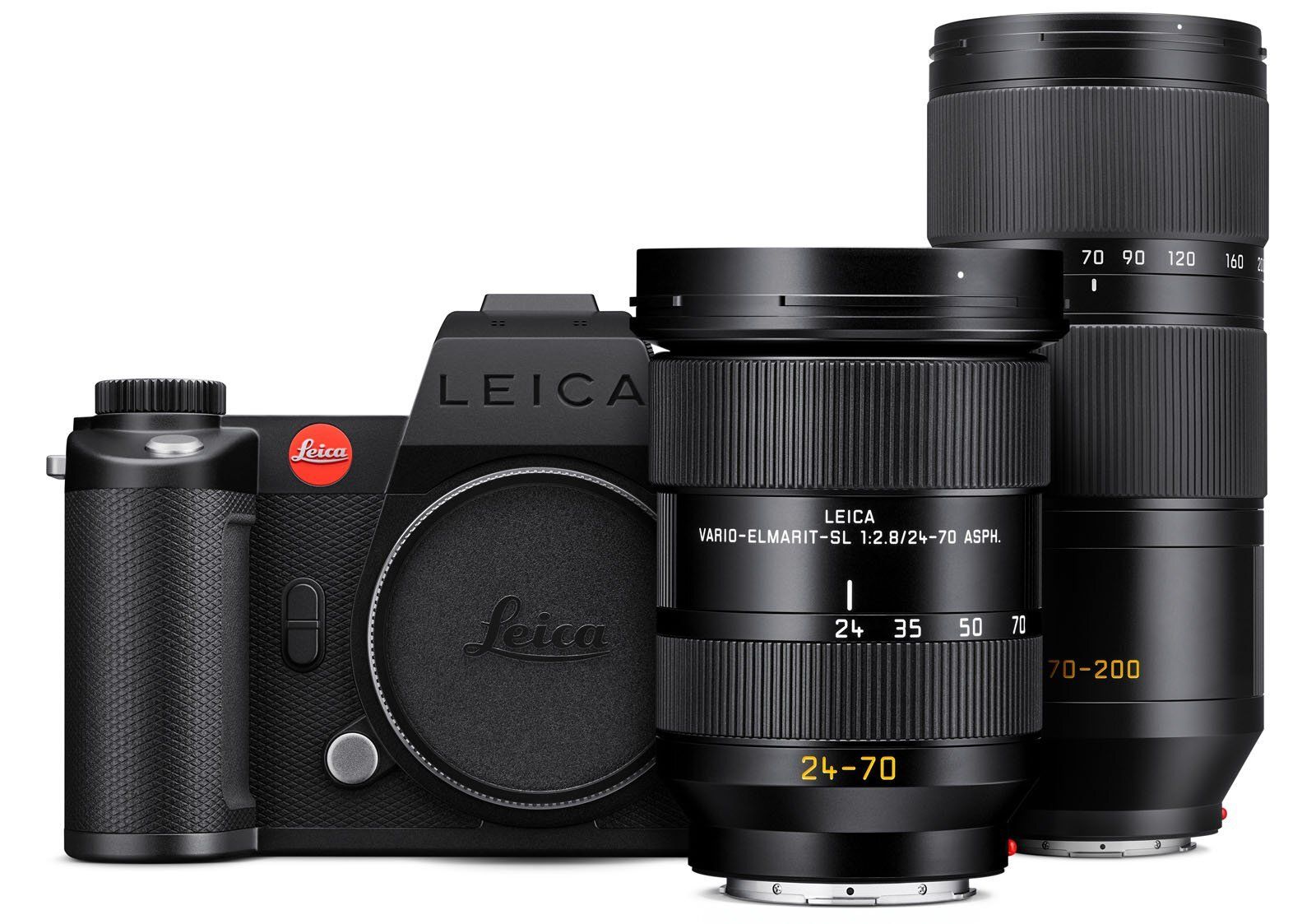
Now Leica’s expanding those options with four new bundles. First, there’s the SL3-S Vario Kit 24-70, which pairs the camera with the slightly more versatile Vario-Elmarit-SL 24-70mm f/2.8 ASPH. It’ll run you $7,995 and saves you about $875. Then there’s the heavy-duty “pro” kit that adds the 70-200mm f/2.8 telephoto zoom alongside the 24-70mm. At $10,995, it’s one of the most expensive off-the-shelf full-frame kits around, but it knocks $1,400 off the usual separate price combination.
For those more interested in primes, there are two additional kits: one with the Summicron-SL 35mm f/2 ASPH for $7,395, and another with the Summicron-SL 50mm f/2 ASPH for $7,195. Each offers a $800 discount compared to buying the pieces individually.
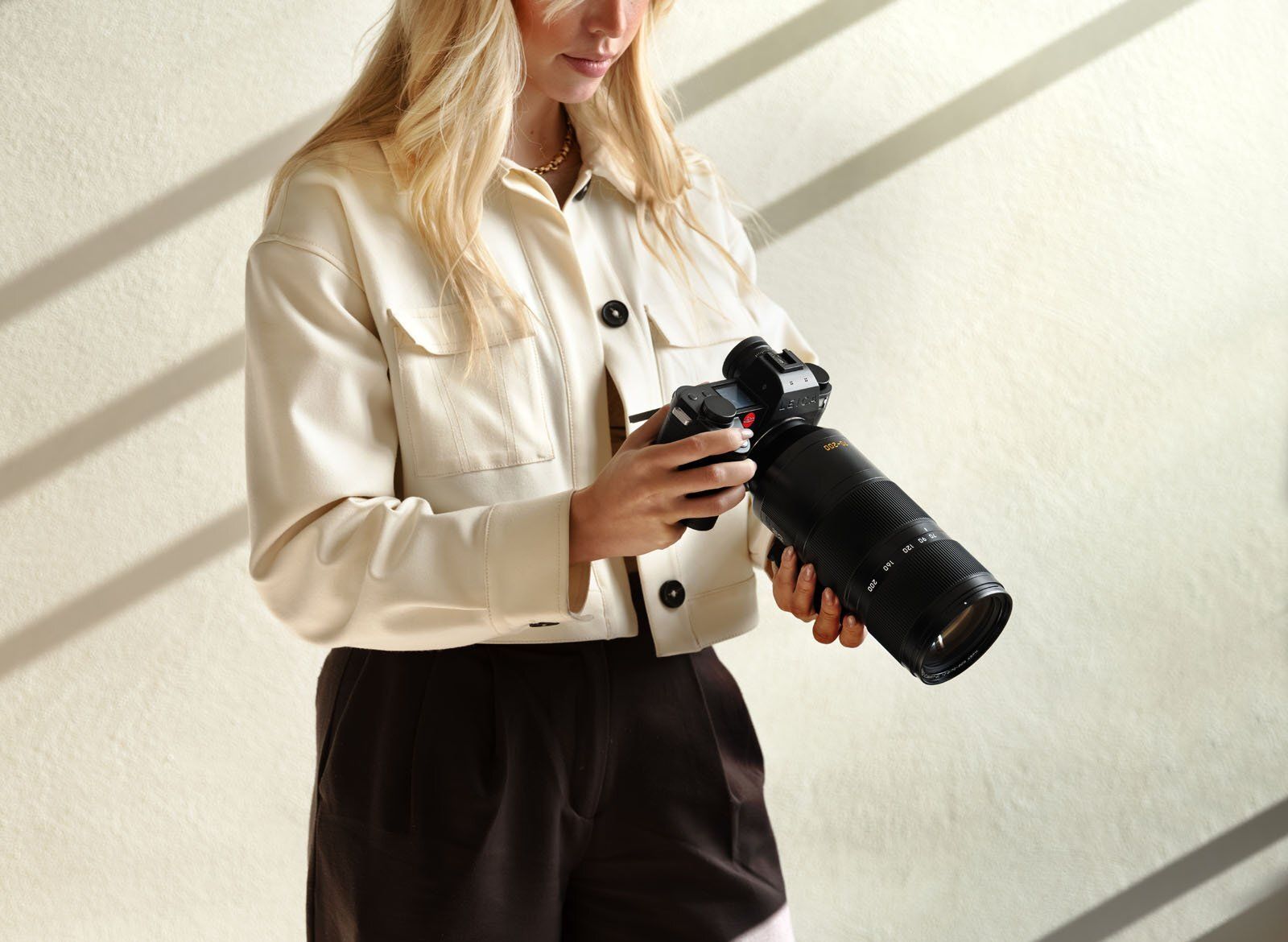
Although these new kits are still incredibly pricey, they do ‘technically’ offer photographers some savings when building an SL3-S kit from scratch.
Photography Tip of the Week


The weekly photography tip is only accessible to Premium Subscribers of The Magazine For Photographers.
Photo Analysis
Welcome to the new part of the Magazine Issue where we take a closer look at a photo and analyse it so that you can learn and better your own photography from it ;)
Photo by: @capital.shutter
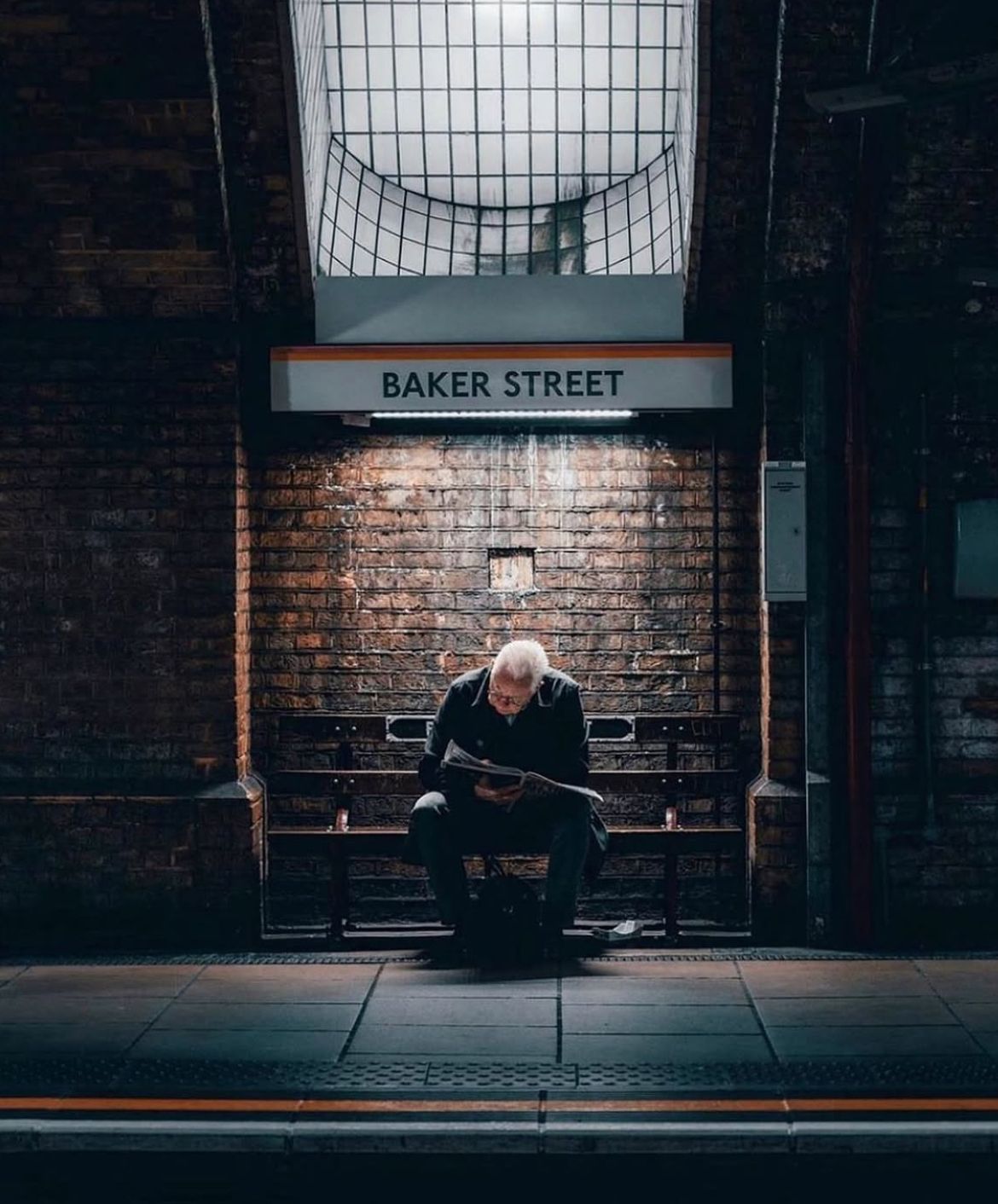
Let’s Analyse this Image:
Light & Atmosphere
What works well:
The light is absolutely spot on. That overhead shaft of light feels like a spotlight on a stage and it illuminates our subject perfectly.
The way it hits the man’s white hair and the newspaper gives just enough detail while keeping the rest subdued and still giving it a touch of mystery.
What could be better:
The top light has a cool cast that makes the shadows a bit murky, warming it slightly could give more life to the scene. HOWEVER the cool light also gives more ‘‘grittiness’’ to the scene, so it really depends on what you are going for.
The contrast is nice, but maybe a bit heavy in the background bricks. You lose some texture (and even depth) up top as it all sort of fades away.
A bit more shadow detail on the man’s lower body could help anchor him better visually, right now, it’s all pulled toward his face/hair.
Structure & Composition
What works well:
Symmetry is working nicely here, the man is dead centre, framed by the bench, the sign, and the square light well above and the indented train waiting space. He is quite literally ‘‘framed’’ and boxed in.
The layered geometry (square tiles, bricks, the bench, the floor lines) gives the shot a very stable structure.
That splash of orange from the tube line on the bottom is a nice visual ‘‘echo’’ to the orange line in the “Baker Street” sign and it adds just a touch of colour pop. (Also including location signs in shots like these is always great because it gives the viewer a sense of location. It is especially great when it is a location as famous as Baker Street))
What could be better:
The frame might benefit from being slightly tighter. There’s a bit of dead space on the right edge that pulls you out. That dead space also creates imbalance as well. Another remedy to this situation would be to just lift the shadows a bit on the right (if you don’t want to crop tighter that is). It is to note however that the imbalance is not only caused by ‘‘more darkness’’ but also because of these two, white containers on the wall as well as the pipes. So cropping or even photoshopping them out (not everyone’s cup of tea though) could be the way to go. However, all this being said, imperfections in street photography add character, stories, interest and depth so it really is your call to make if you want your street photo to look ‘‘perfect’’.
The “Baker Street” sign is iconic, but it’s not perfectly aligned, it feels a hair off centre (as does the entire top of the frame). But that might just be me.
Story & Emotion
What works well:
This image tells a clear story: a man waiting, reading, probably killing time, but also deeply absorbed in his own world.
The setting adds to the feeling. It’s slightly worn, aged, historic (and iconic) almost like the scene hasn’t changed in decades.
There’s loneliness here, but not in a sad way, it’s more like solitude. The photo invites you to slow down and just observe the scene
What could be better:
It’s powerful, but a little ambiguous: what’s the man reading? Is he a commuter? A regular? A traveler? A hint of context (like a bag, a clearer paper headline etc.) might help shape the story. To be fair though, I do think that there is a duffle bag sitting between his legs however it gets totally swallowed by the shadows. Lighting the duffle bag up could have helped direct the narrative and add more interest (missed opportunity in my opinion).
Colour & Tone
What works well:
Muted, earthy tones dominate. So dark browns, faded reds, washed greys and that’s perfect for this subject.
The use of colour is very restrained, but that one orange line at the bottom totally works as a visual anchor and the mirroring colour pop on the sign, ties it all together.
There’s a lovely cinematic palette here, it sort of feels like something out of a 70s gangster film.
What could be better:
The shadows fall off a bit hard, bringing up the darkest areas just a touch could help with balance and even reveal more textures.
A soft grade across the whole image (maybe adding a tiny bit of vintage green) could push the filmic vibe even further, but that is only a suggestion.
Timing & Gesture
What works well:
Great timing, he’s deep in concentration, unaware of the camera. That adds to the authenticity.
The slight forward lean is subtle but strong detail. It brings across that the man is curious and focused.
What could be better:
It’s almost too still, if maybe the page had been mid-turn or there was a breeze ruffling the coat, you’d get more texture in the gesture. The only thing you as the photographer can do here is be observant.
A small item, like a coffee cup or an umbrella next to him, might have ‘‘added something’’ as touch on before. However, (again) there is the duffle bag hiding in the shadows.
Get your Photos featured in this Magazine for Free
I am currently testing a new feature, where everyone can get a completely free chance to be featured in my magazine and get seen by thousands of fellow photography enthusiasts.
Advertisement (you HAVE TO check it out) ⬇️
Where Accomplished Wealth Builders Connect, Learn & Grow
Long Angle is a private, vetted community for high-net-worth entrepreneurs and executives. No fees, no pitches—just real peers navigating wealth at your level. Inside, you’ll find:
Self-made professionals, 30–55, $5M–$100M net worth
Confidential conversations, peer advisory groups, live meetups
Institutional-grade investments, $100M+ deployed annually
Photographer of the Week
Photographer of the week goes to: Kaisa Sirén
You can find her on Instagram as: @icm_kaisasiren
A few words and photos of hers:
Kaisa Sirén dances with the camera
I am a photographic artist and bring my landscape soul to life with Intentional Camera Movement using northern sceneries of Finland as my backdrop. I focus on themes related to the seasons of Lapland, and the sensitivity of nature.
I live in Rovaniemi, at the Arctic Circle in Lapland, Finland, where I work as a freelance photographer. I am widely published in various Finnish magazines and newspapers, and have exhibited my work in many countries. I am a co-founder of www.icmphotoacademy.com and ICMPhotomag Network Community, and teach courses on ICM photography, both in person and online.
My photography is guided by the words Forestwalker, Colourseeker, Outsider and Visualizing the Unseen. When taking an ICM picture, the camera movement can create elements that initially were not in the scene and bring some unseen things visible. It holds the same serendipity and element of surprise which has always accompanied me in my life.
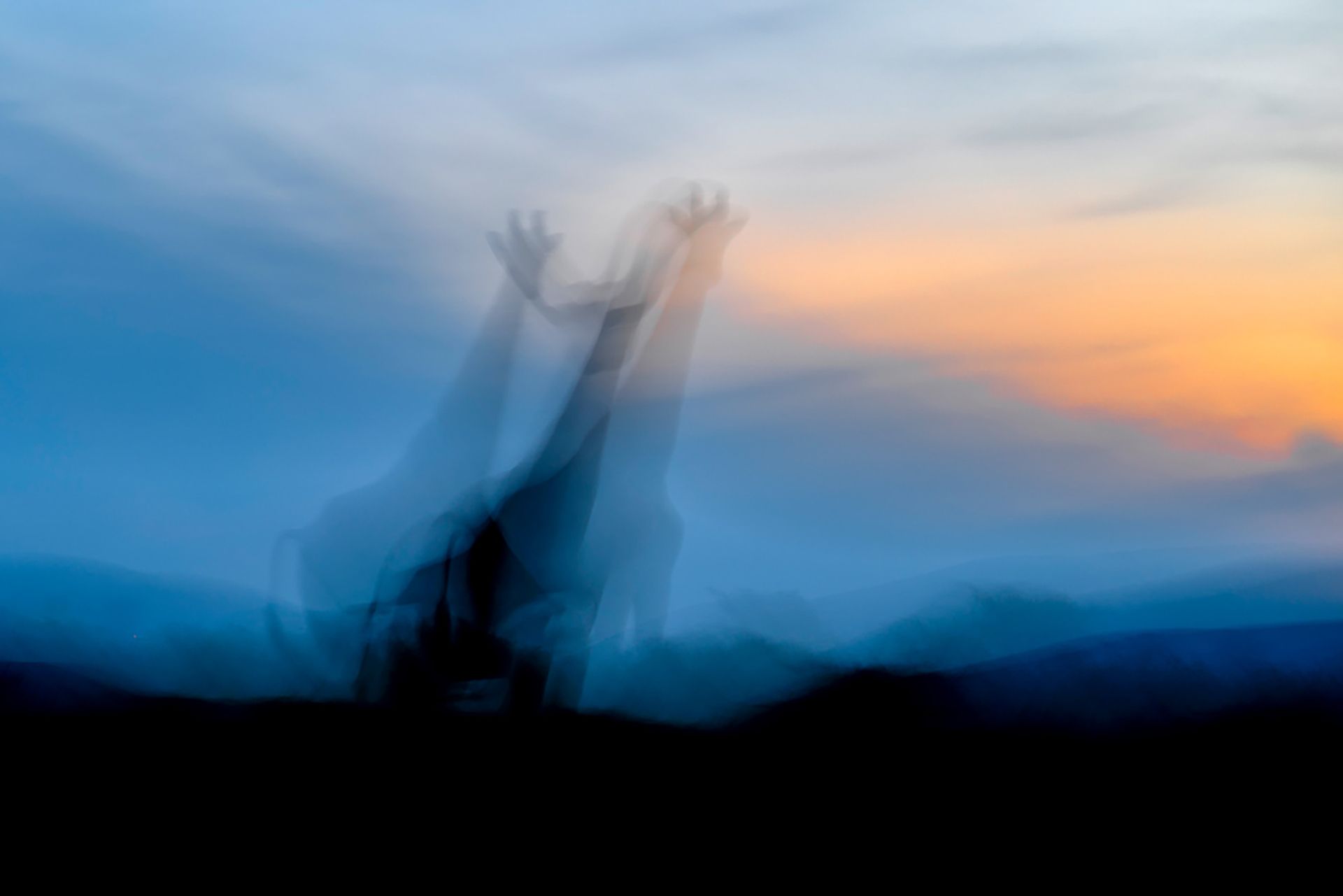
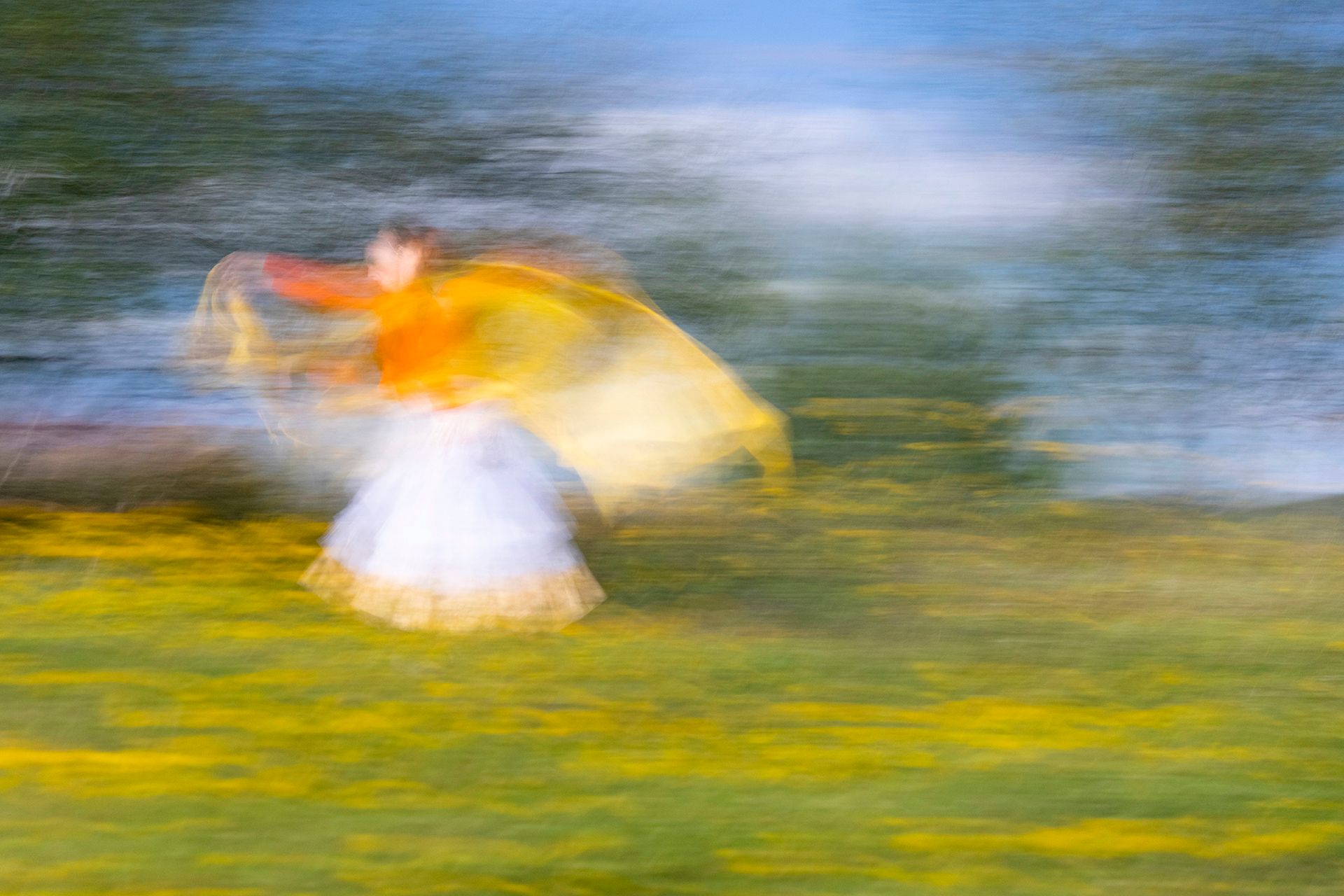
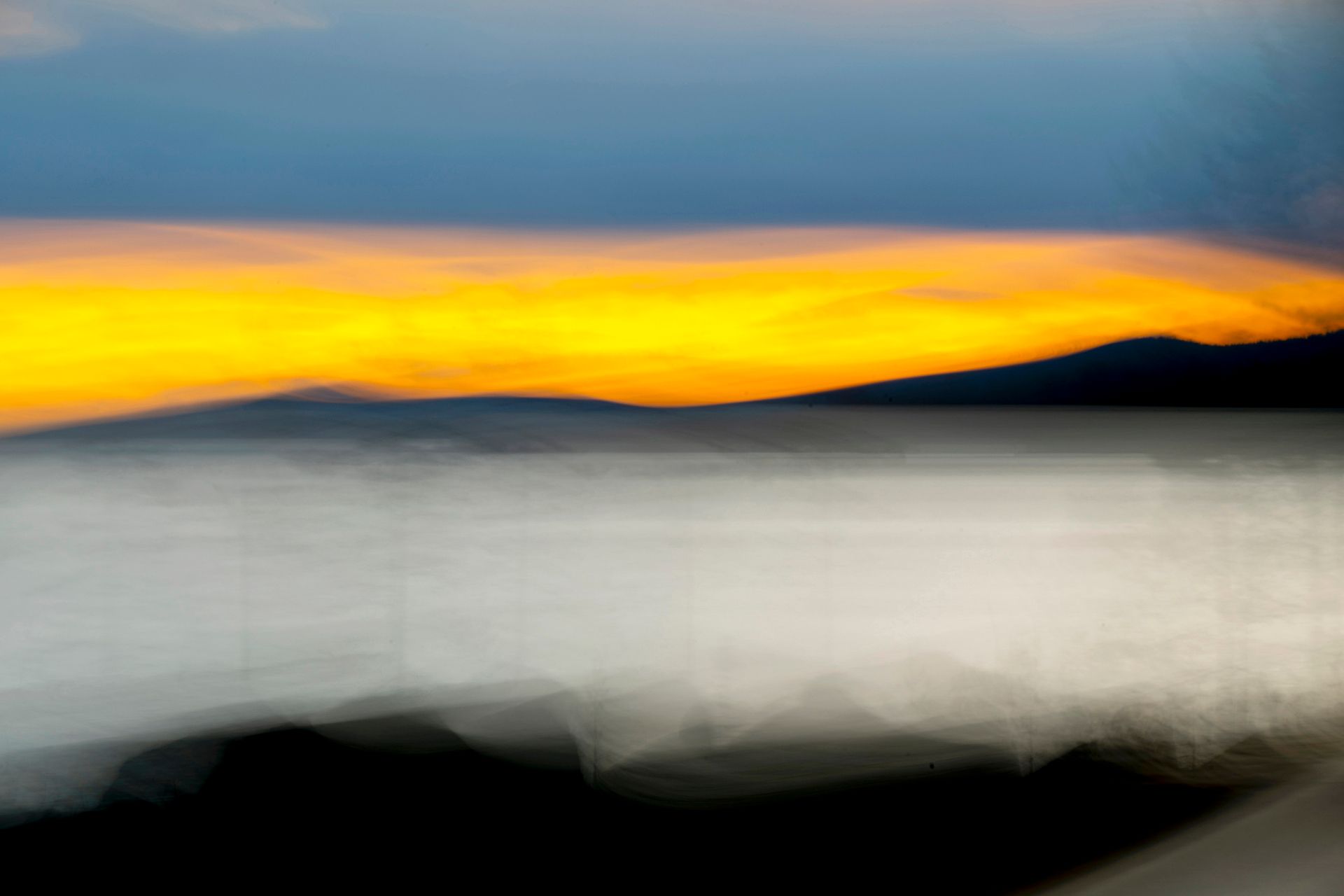
(Don’t forget to check out the advertisement up top - It’s a must! ⬆️)
The Rest of this Issue is for Premium Subscribers


